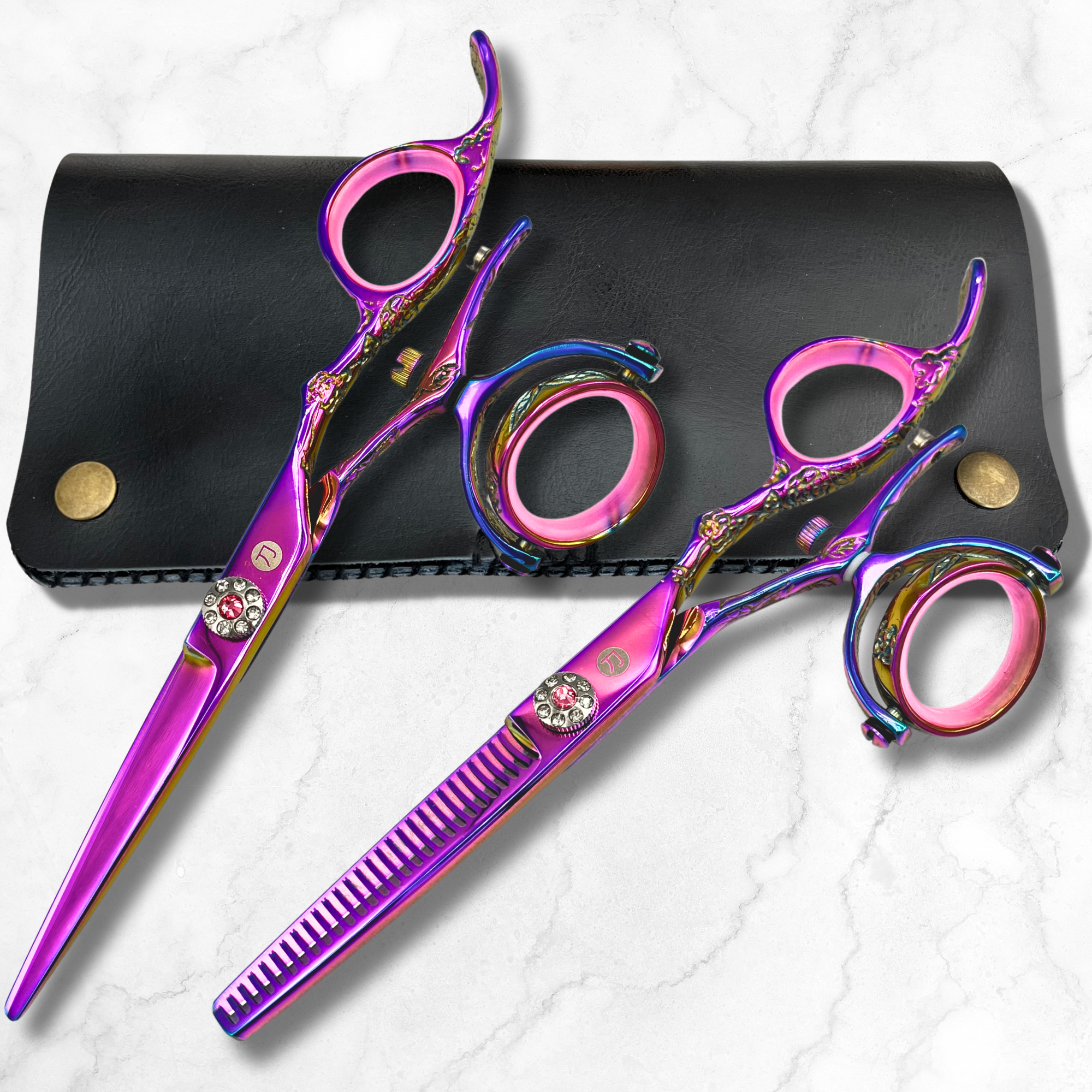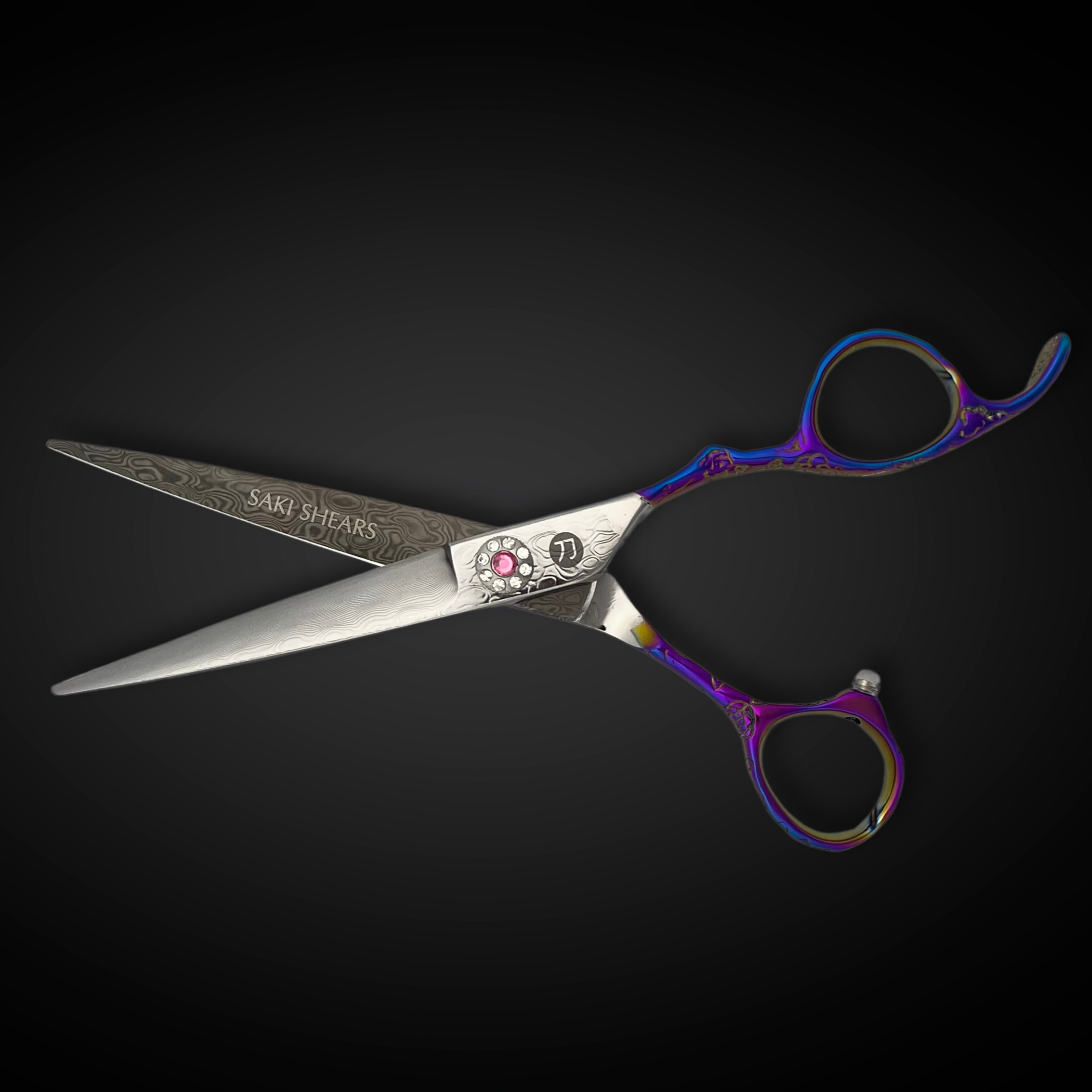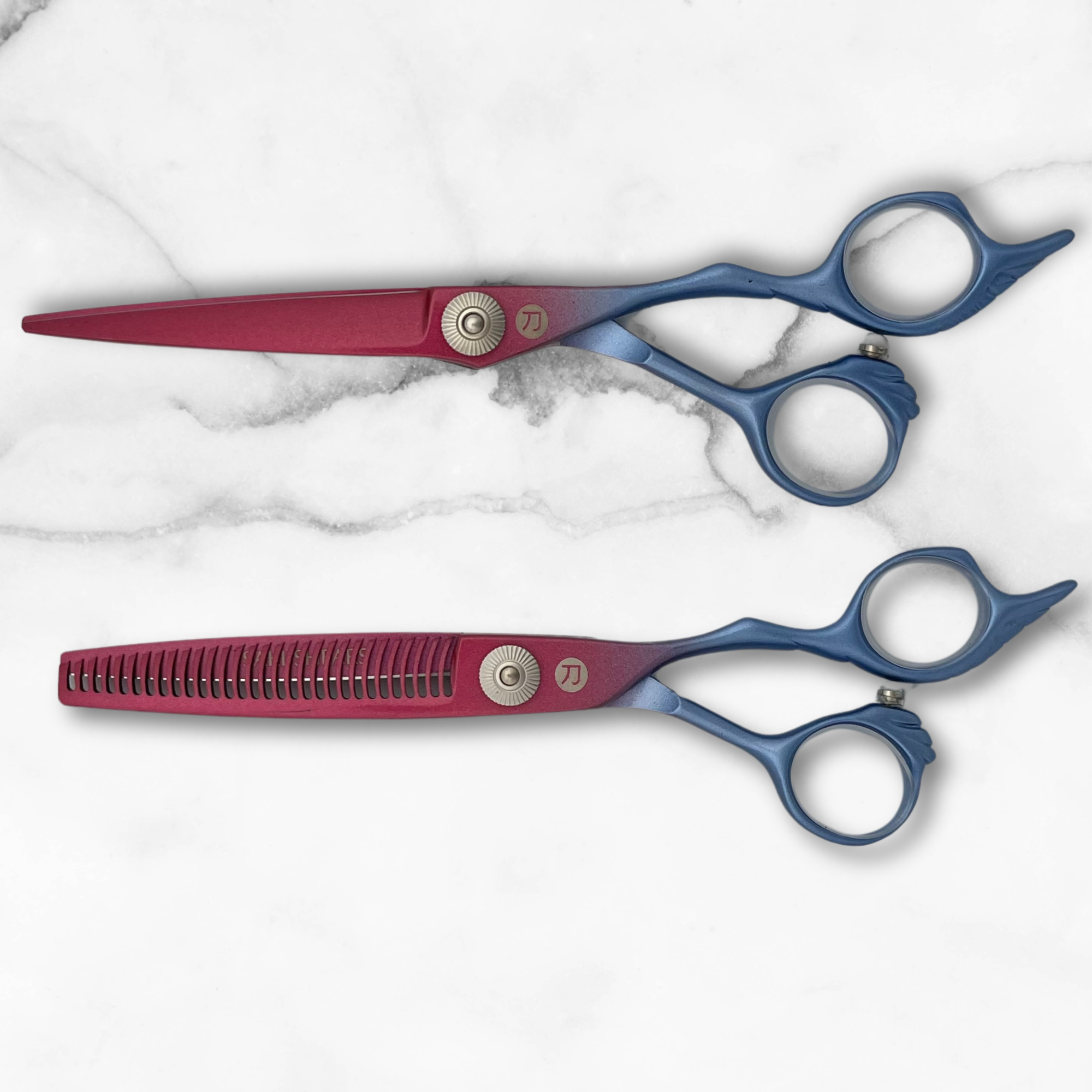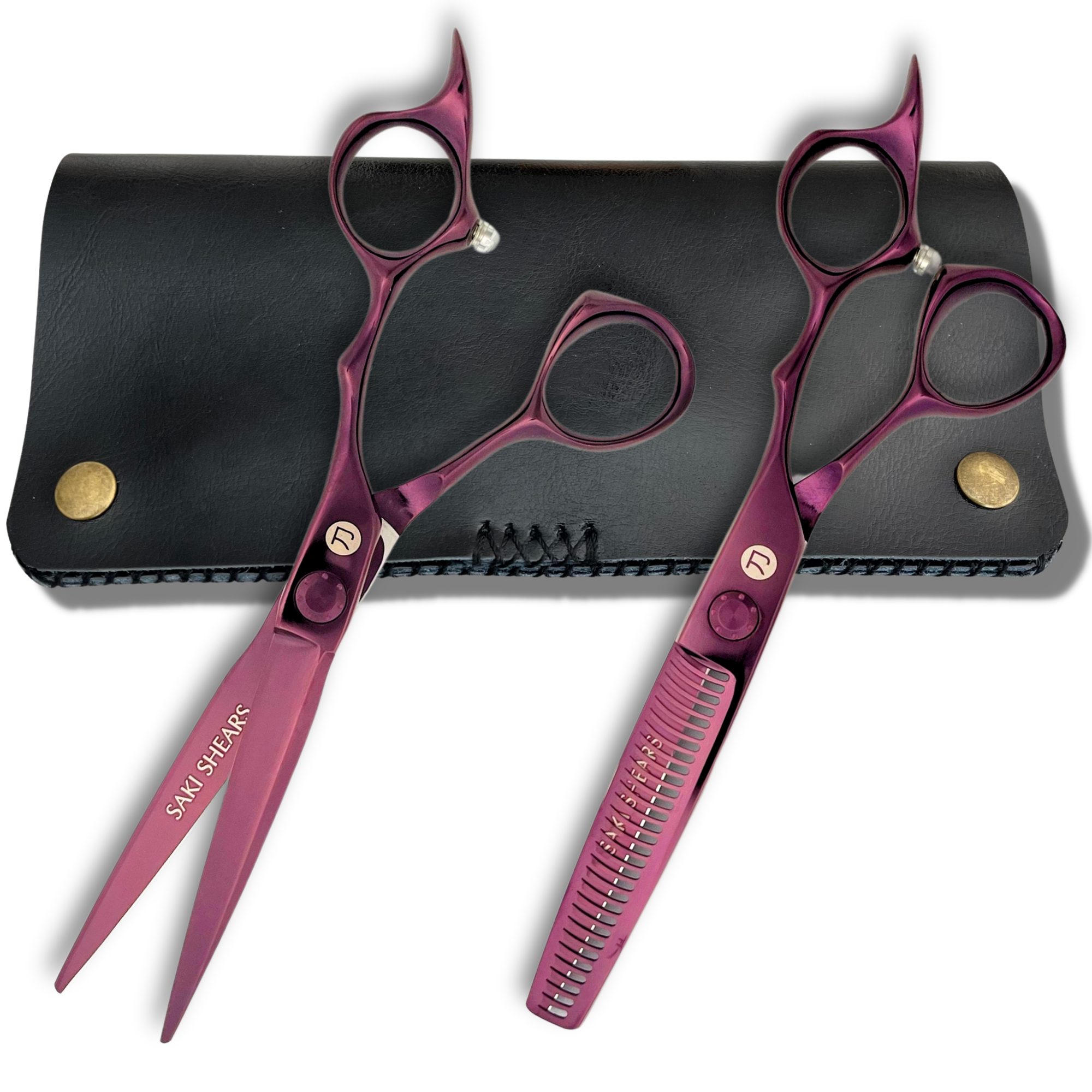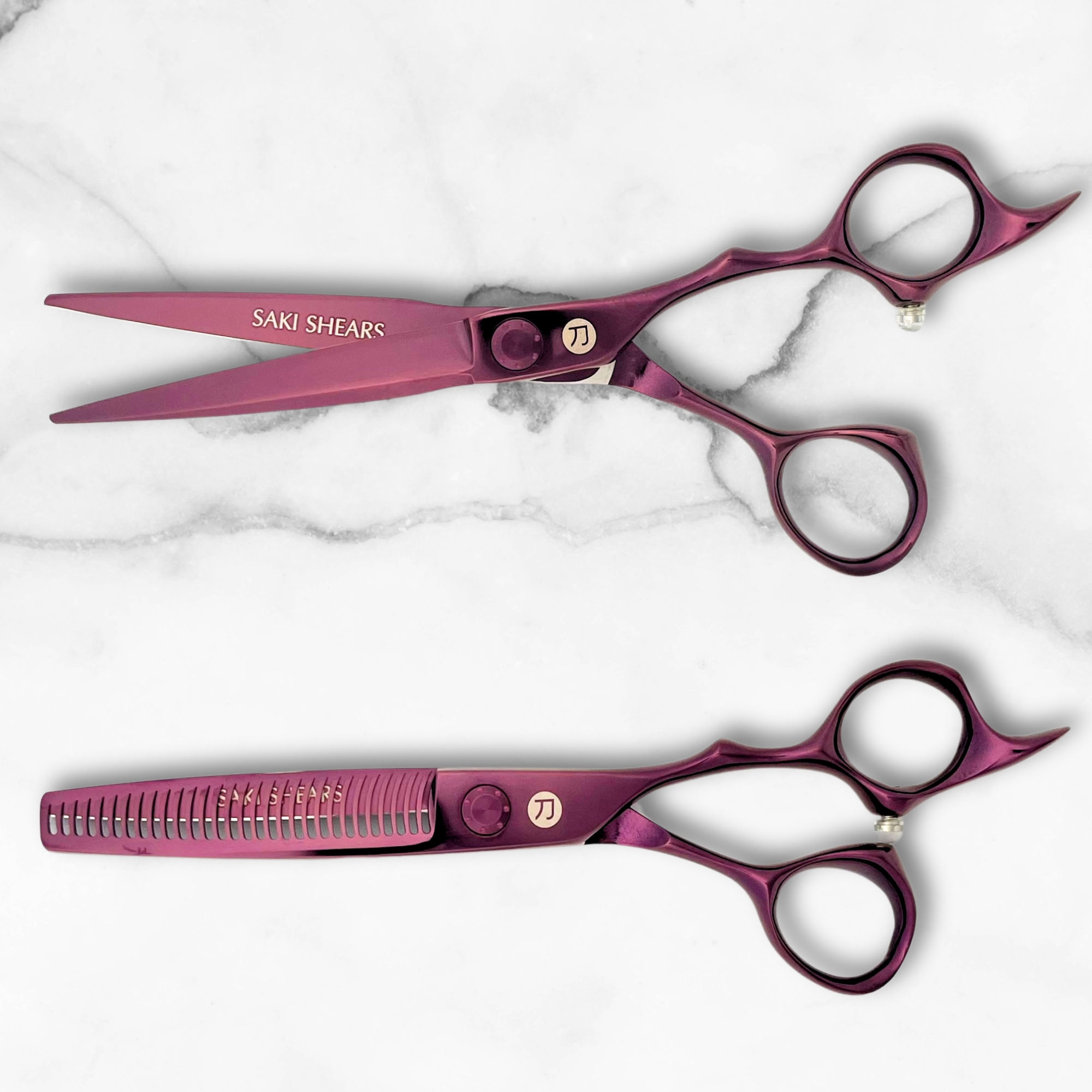Client Retention: 7 Tips to Keep Them Coming Back
Here’s the deal: Retaining clients costs 5-25x less than finding new ones, and a 5% boost in retention can increase profits by 25-95%. Loyal clients also spend 67% more than new ones. Yet, most salons only keep about 30% of new clients.
Here are 7 proven strategies to change that:
- Pre-Booking Systems: Lock in future appointments before clients leave.
- Track Client Preferences: Use client history to personalize experiences.
- Multi-Level Rewards Programs: Incentivize loyalty with tiered perks.
- Ask for Feedback: Collect and act on client suggestions.
- Monthly Service Plans: Offer subscription packages for regular services.
- Build Online Communities: Engage clients on social media platforms.
- Staff Training: Keep your team’s skills up-to-date.
Quick Comparison of Strategies:
| Strategy | Retention Boost | Ease of Setup | Cost | Staff Involvement |
|---|---|---|---|---|
| Pre-Booking Systems | 15-25% | Easy | Low | Low |
| Client Preference Tracking | 10-20% | Moderate | Medium | Medium |
| Rewards Programs | 20-30% | Moderate | Medium | Medium |
| Feedback Systems | 5-15% | Easy | Low | Low |
| Monthly Service Plans | 25-40% | Complex | High | High |
| Online Community | 10-20% | Moderate | Medium | Medium |
| Staff Training | 15-25% | Complex | High | High |
Start with pre-booking systems for quick wins, then layer on additional strategies like loyalty programs and personalized client tracking. These steps will not only improve retention but also grow your revenue.
Salon/Spa New Client Retention Rate
1. Set Up Pre-Booking Systems
Pre-booking systems are a simple yet powerful way to secure repeat visits and boost your salon’s bottom line.
Encouraging clients to book their next appointment before they leave can increase client retention by 15-20% [4]. Even better, salons that use pre-booking systems often see up to 30% higher revenue [1]. It’s a small change with a big impact.
How to Make Pre-Booking Work
Salon software like Meevo, Mindbody, and Phorest can handle most of the heavy lifting. These platforms automate about 80% of the booking process [4], making it easy to integrate pre-booking into your daily operations. Choose a system that fits your salon's workflow for the best results.
Use Smart Scheduling Language
The way you ask clients to pre-book matters. Instead of saying, “Would you like to schedule your next appointment?”, try a more tailored approach:
"Based on your hair color treatment, I recommend booking your next appointment in 6 weeks. Would you prefer morning or afternoon?"
This slight adjustment can boost pre-booking rates by as much as 25% [8].
Boost Pre-Booking with Incentives
Incentives can make pre-booking even more appealing. Here’s how salons use rewards to encourage clients to commit:
| Incentive | Offer | Response Boost |
|---|---|---|
| Service Discount | 5-10% off next visit | 30% increase |
| Loyalty Points | Double points for pre-booking | 25% increase |
| Priority Scheduling | Guaranteed preferred time slots | 20% increase |
Automate Communication
Reduce no-shows by setting up automated reminders for key moments: confirmation, one-week notice, 48-hour check-in, and a day-before alert. This can cut no-show rates by up to 70% [1].
Track Key Metrics
Successful salons aim for a 70% pre-booking rate [1]. Keep an eye on how many clients pre-book and how often they follow through with their appointments. These numbers will help you fine-tune your strategy.
2. Track Client Preferences and History
Pre-booking locks in appointments, but tracking preferences makes each visit feel personal. Recent studies show that salons using client management systems experience a 20% boost in rebooking rates [1].
Key Information to Track
Salon management tools like Vagaro help maintain detailed client profiles. The trick is focusing on the right details:
| Data to Track | Why It Matters | Impact on Retention |
|---|---|---|
| Service History | Tracks past treatments | 25% higher rebooking |
| Color Formulas | Ensures consistent results | 30% improved satisfaction |
| Product Preferences | Enables tailored recommendations | 20% increase in retail sales |
| Styling Preferences | Speeds up future appointments | 15% faster service delivery |
| Health Concerns | Avoids adverse reactions | 40% better risk management |
Real-World Results
Take Scissors & Combs Salon in Chicago. In 2024, they started using a client management system to track preferences for 5,000 clients. The result? A 28% jump in product sales and a 15% rise in repeat bookings [4].
Gathering Information Without Hassle
Get the details during consultations (like hair texture and density), while styling (techniques used), through post-service feedback, or even during checkout when discussing products.
Keep Data Secure
Use encrypted systems and train staff on data privacy. Always get clear client consent before storing their information.
Put the Data to Work
Before appointments, review client profiles to suggest personalized services. Studies show 72% of clients respond more positively to tailored interactions [2]. This approach works hand-in-hand with automated systems, creating a well-rounded strategy to keep clients coming back.
3. Create Multi-Level Rewards Programs
Building on personalized tracking (Strategy 2), multi-level rewards programs turn client data into meaningful incentives. Did you know that loyalty program members typically spend 12-18% more annually than those not enrolled? [2]
Program Structure
Here's an example of how you can structure your rewards program:
| Tier | Annual Spend | Core Benefits | Exclusive Perks |
|---|---|---|---|
| Bronze | $0-500 | 5% off products | Birthday treat |
| Silver | $501-1000 | 10% off services | Free style consultation |
| Gold | $1001-2000 | 15% off all purchases + tailored style advice | Priority booking |
| Platinum | $2000+ | 20% off everything | Personal stylist, annual free service |
Implementation Essentials
To make your rewards program seamless, integrate it with your salon's existing software. This will help you:
- Automatically track client tier status.
- Send notifications about tier upgrades or rewards.
- Enable online reward redemption.
- Monitor point accumulation in real-time.
Success Story
Take inspiration from Ulta Beauty. Their tiered loyalty program increased retention by 25% in 2022, with program members accounting for an impressive 95% of Q4 sales.
Personalization Matters
Tailor the experience for each tier to make clients feel valued. For example, offer top-tier members early access to new products or services. Research shows that 66% of clients change their spending habits when rewards are on the table [1].
Performance Tracking
Make it easy for clients to see their progress. Use visual trackers at checkout and send monthly updates on their status. You can also introduce "boost periods" where clients earn double points to encourage spending.
Key metrics to monitor include:
- Retention rates by tier (e.g., platinum members often show 90%+ retention compared to the 60% industry average [7]).
- Increases in average client spend.
- Reward redemption rates.
- Client satisfaction scores.
Combining these insights with your client tracking system (Strategy 2) creates a layered approach to boosting retention and loyalty.
4. Ask for and Use Client Feedback
Building on personalized rewards programs (Strategy 3), gathering and applying client feedback is key to improving your services. This approach works hand-in-hand with client tracking systems (Strategy 2), ensuring a full-circle personalization experience. In fact, 77% of consumers feel more positive about salons that actively seek and act on their feedback [4].
Digital Collection Methods
Salons today are using technology to gather feedback efficiently:
| Timing | Method |
|---|---|
| Immediate | Tablet surveys at checkout to capture quick impressions of the visit |
| 24-48 hours later | Automated email surveys for more detailed feedback on the experience |
| Monthly | Social media polls to gauge shifting preferences |
| Quarterly | One-on-one client interviews for deeper insights |
Smart Survey Design
Make surveys concise and actionable:
- Limit to 5-7 questions combining ratings, Net Promoter Scores (NPS), and open-ended responses.
- Include specific questions about services and stylists.
- Ask for suggestions on how to improve.
Acting on Feedback
Use client feedback to drive meaningful changes:
- Create a Review Schedule: Hold weekly team meetings to review feedback trends and plan improvements.
- Implement Changes Quickly: For instance, if clients mention discomfort in the shampoo area, update their profiles (Strategy 2) to note sensitivity and address the issue immediately.
- Follow Up with Clients: Reach out to clients who provide feedback, especially those with concerns, to show you value their input and are committed to making things better.
Technology Integration
Integrate feedback tools with your salon software to streamline surveys, monitor trends, and update client profiles automatically. This ensures feedback isn't just collected - it becomes actionable, enhancing your personalization strategies (Strategy 2).
5. Design Monthly Service Plans
Monthly service plans are a smart way to create predictable appointment schedules while giving clients more value. By using client feedback (from Strategy 4) and tracking preferences (from Strategy 2), you can design personalized maintenance schedules. Industry reports show that salons using subscription models grow their revenue 5.5 times faster than those sticking to traditional bookings [9].
Core Plan Options
Offer three tiers to suit different client needs:
- Essential: Includes one service per month.
- Premium: Covers 2-3 services monthly.
- VIP: Unlimited services with perks like priority booking.
Pricing That Works
Set prices that balance profitability with value. For example, offer a four-visit monthly package at $160-$180 instead of the $200 retail price. This 10-20% discount keeps your margins healthy while appealing to clients [2]. Plans like these are especially useful for services that need regular upkeep, such as:
- Color touch-ups
- Blowouts
- Basic trims
- Deep conditioning treatments
Use Technology to Simplify
Many salon software solutions now include subscription management tools. These features handle billing, track usage, and send reminders automatically. Plus, they add to your client tracking system (from Strategy 2), giving you more data to tailor your services.
Keep It Flexible
To make plans more appealing, add options that reduce commitment worries:
- Roll-over unused appointments
- Pause plans for vacations
- Allow guest transfers
- Adjust services seasonally
Exclusive Perks for Members
Make your members feel special by offering extra benefits, like:
- Complimentary add-ons
- Longer appointment times
- Free product samples
- Invitations to exclusive events
These extras go beyond discounts, creating a stronger bond between your clients and your salon. They also tie back to personalized experiences (from Strategy 2) and the importance of client feedback (from Strategy 4).
6. Build an Online Client Community
Take your monthly service plans (from Strategy 5) to the next level by creating online spaces where clients can stay connected between visits. These communities not only keep your salon top-of-mind but also showcase your stylists' skills. Did you know that 78% of salon clients follow their favorite stylists on Instagram, and 65% engage with salon Facebook pages? [1]
Choosing the Right Platforms
Focus your efforts on platforms where your clients are most active:
- Instagram: Share tutorials and transformation photos.
- Facebook Groups: Encourage discussions and build a supportive community.
- TikTok: Post short, trend-driven clips.
Use client preference data (from Strategy 2) to guide your content. Highlight services that are already popular with your audience.
Creating Content That Keeps Clients Coming Back
Weekly Instagram Live sessions featuring stylist spotlights have been shown to increase bookings by 35% [3]. Consider including these types of content:
- Tutorials for specific services.
- Posts that highlight your stylists' expertise.
- Features showcasing client transformations.
How to Boost Engagement
Make your community interactive with these ideas:
- Run monthly polls about services or trends.
- Repost photos from clients who tag your salon.
- Host live Q&A sessions to answer client questions in real time.
Tracking Your Progress
Monitor these metrics to see how your online community is performing:
| Metric | What to Watch |
|---|---|
| Engagement Rate | Look at comments, shares, and saves. |
| Conversion | Track bookings that come from social posts. |
| Client Retention | Measure how many clients return for follow-ups. |
| Content Performance | Identify the types of posts that get the most traction. |
Tie these metrics back to client history data (from Strategy 2) to identify your most loyal and engaged community members.
Get Your Team Involved
Stylists who actively use social media saw a 28% boost in bookings [6]. Encourage your team to participate by:
- Setting up content schedules for each stylist.
- Letting staff take over the salon's social accounts for a day.
- Helping them build their personal brands.
- Celebrating the team members whose posts perform the best.
Use feedback insights (from Strategy 4) to help your staff create content that feels genuine and resonates with clients.
7. Keep Staff Skills Current
Your team's expertise is one of your salon's strongest tools for keeping clients coming back. Recent industry data shows that salons investing in regular staff training enjoy a 25% higher client retention rate compared to those that don’t [1].
Key Areas for Training
Focus on these three essential areas to keep your staff sharp:
-
Technical Skills
- Learn new cutting techniques.
- Stay updated on the latest trends.
- Use professional tools like Saki Shears' Japanese steel scissors.
-
Customer Service
- Develop client-focused selling techniques.
- Practice active listening.
- Deliver personalized services.
- Handle conflicts effectively.
-
Technology
- Use virtual reality for hair color simulations.
- Offer smart product recommendations.
- Master digital consultation tools.
- Create engaging social media content.
Investing in these skills not only improves service quality but also strengthens personalized service (from Strategy 2) and builds community engagement (from Strategy 6). Studies show that customer service training alone can increase client satisfaction by up to 40% and retention by 25% [5].
Measuring Results
Use these metrics to track the impact of your training efforts:
| Metric | Target | Impact on Retention |
|---|---|---|
| Rebooking Rate | 75%+ | Indicates client satisfaction directly |
| Client Feedback Score | 4.5/5 | Reflects improved service quality |
| New Service Adoption | 25% increase | Shows staff confidence in new skills |
| Revenue per Client | 20% growth | Highlights better service delivery |
Real-Life Example
Toni & Guy’s 2024 UK training program boosted rebooking rates by 28% through weekly workshops focused on advanced techniques.
Training Formats That Work
- In-House Training: Host formal sessions every quarter and encourage informal skill-sharing weekly.
- External Programs: Collaborate with product manufacturers for specialized training.
- Cross-Training: Teach staff multiple service areas. Salons with cross-training programs have seen a 35% rise in staff retention and a 25% increase in revenue [8].
Leverage client feedback (from Strategy 4) to identify training priorities. A well-trained team can also recommend services more effectively, aligning with the tiered rewards program in Strategy 3.
Strategy Comparison Chart
After reviewing seven client retention strategies, this chart helps you decide which to prioritize based on your salon's goals and available resources.
| Strategy | Setup Time | Initial Cost | Monthly Cost | Retention Boost | Staff Involvement | Ease of Setup |
|---|---|---|---|---|---|---|
| Pre-Booking Systems | 2-3 weeks | $500-$1,000 | $50-$200 | 15-25% | Low | Easy |
| Client Preference Tracking | 3-4 weeks | $1,000-$2,000 | $100-$300 | 10-20% | Medium | Moderate |
| Multi-Level Rewards | 1-2 months | $1,000-$2,500 | $200-$500 | 20-30% | Medium | Moderate |
| Client Feedback Systems | 2-3 weeks | $300-$800 | $50-$150 | 5-15% | Low | Easy |
| Monthly Service Plans | 1-3 months | $2,000-$5,000 | $300-$700 | 25-40% | High | Complex |
| Online Community | 1-2 months | $1,000-$2,000 | $100-$400 | 10-20% | Medium | Moderate |
| Staff Training | Ongoing | $1,500-$3,000 | $500-$1,500 | 15-25% | High | Complex |
ROI Analysis
If you're looking for the best returns, monthly service plans stand out, especially for salons with an established client base.
Implementation Success Factors
The success of these strategies often depends on the size of your salon. Smaller salons may find it more effective to focus on just one or two strategies, while larger salons can benefit from implementing multiple approaches at once.
Strategy Combinations
Some strategies work better together. For example, combining pre-booking systems with client preference tracking creates operational efficiency. Another great pairing is monthly service plans with rewards programs. One standout combination is:
- Pre-Booking Systems + Client Preference Tracking: This pairing has been shown to boost retention rates by 30-40% [4], all while maintaining manageable costs.
Cost-Benefit Analysis
Independent salons should focus on pre-booking systems for quick returns, as they require minimal investment and setup time. Larger salon chains, on the other hand, might see better results by combining client tracking with rewards programs for a more integrated approach.
Next Steps
Looking to improve your salon's client retention? Here’s a step-by-step guide to actions you can take this week to get started, tailored to your salon’s size and resources.
Day 1-2: Quick Wins
Start by enhancing your pre-booking systems with these simple steps:
- Create physical reminder cards that include the client’s name, next service date, and their assigned stylist.
- This approach reinforces pre-booking habits and delivers immediate results.
Day 3-4: Gather Client Information
Use your current tools to record key client details, such as:
- Service history
- Personal preferences
- Styling notes
This data helps you tailor experiences and build stronger client relationships.
Day 5-7: Roll Out a Loyalty Program
Introduce a basic version of a tiered rewards program. Offer perks like small discounts or booking advantages based on how often clients visit.
Week 2: Staff Preparation
Prepare your team for the new systems by focusing on these areas:
- Confidently presenting pre-booking options to clients.
- Updating client preference cards with relevant details.
- Clearly explaining the benefits of the loyalty program to encourage participation.
Measuring Success
Track your progress using metrics tied to client retention strategies. A strong retention rate typically falls between 70-80% [1]. Monitor these weekly:
- Rebooking rate
- Client return rate
- Average time between visits
- Retail sales performance
Technology Integration
Consider tools that automate processes like pre-booking and loyalty tracking. These systems can simplify implementation and often pay for themselves within 3-6 months by boosting retention rates.
FAQs
How to retain customers in a salon?
Boosting customer retention in a salon involves blending several key approaches from the strategies discussed earlier. Here's how you can make it work:
Focus on Personalization
Clients who pre-book their appointments are 30-40% more likely to return (from Strategy 1). Add personalized services (from Strategy 2), and you could see up to 80% of those clients rebooking.
Invest in Staff Training
Well-trained staff play a huge role in keeping customers happy. Strategy 7 highlights how continuous staff development can directly improve client satisfaction and retention.
Stay Connected Digitally
Use digital platforms to stay in touch with your clients. Strategy 6 emphasizes building an online community to create ongoing engagement.

